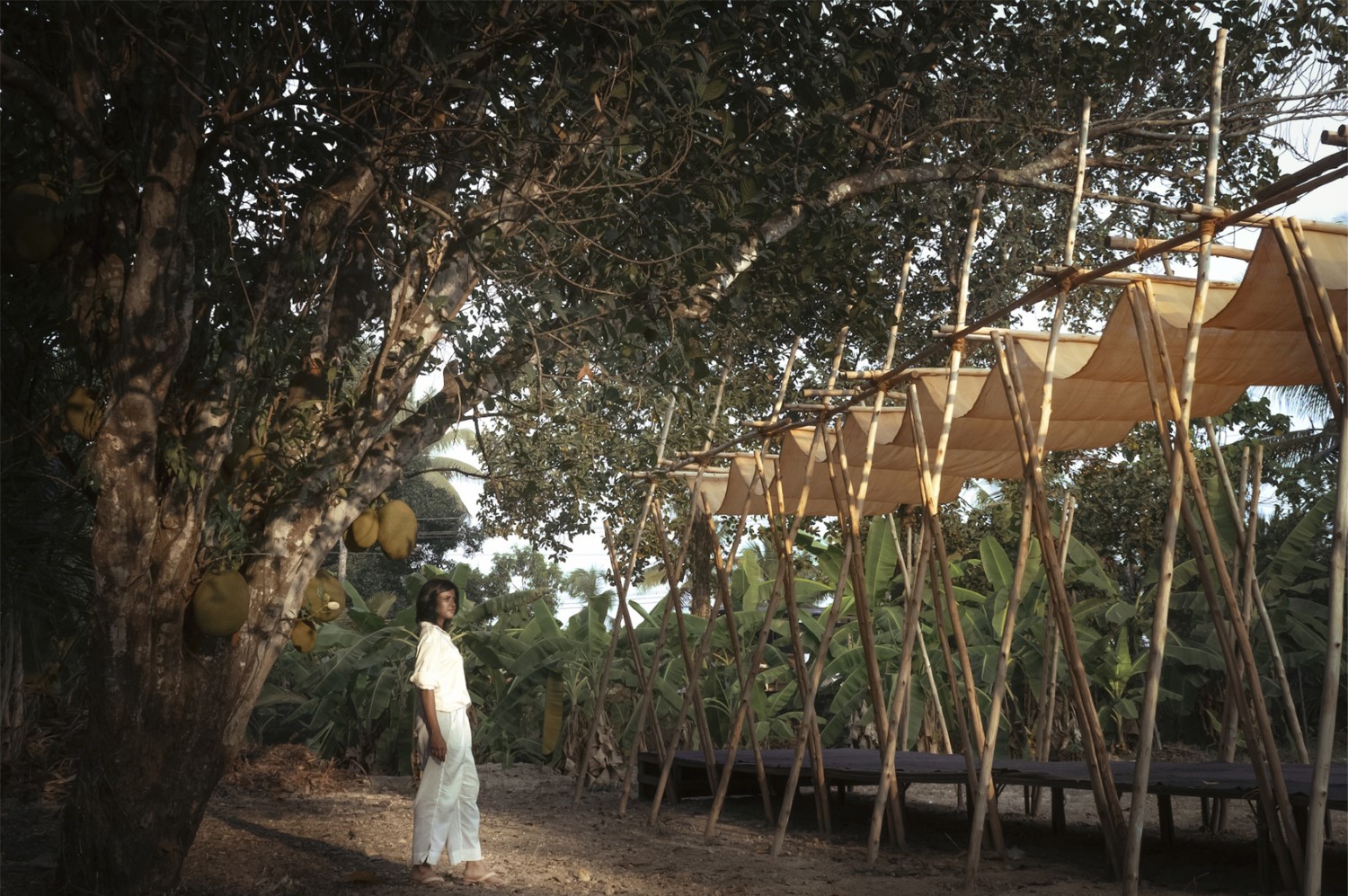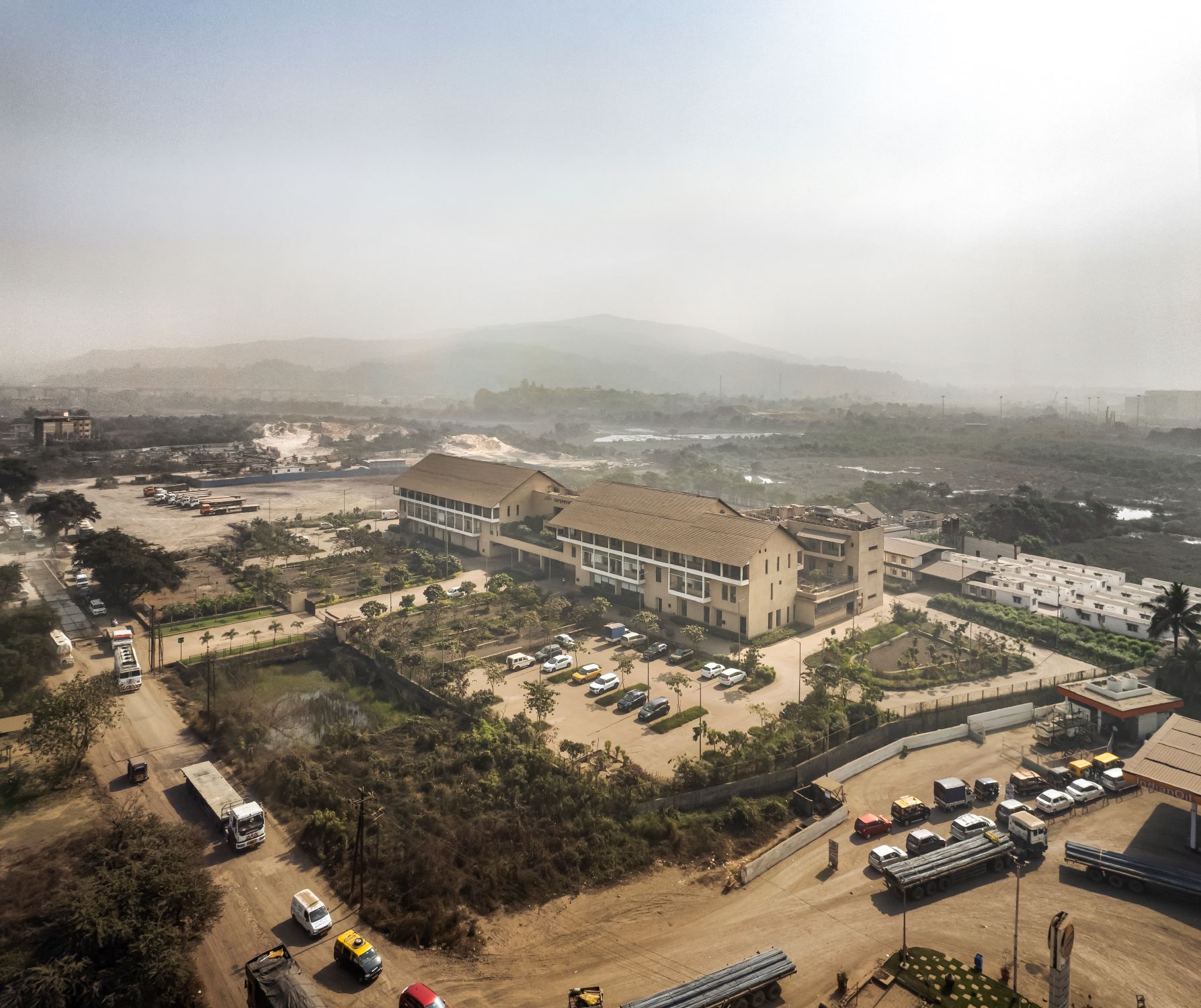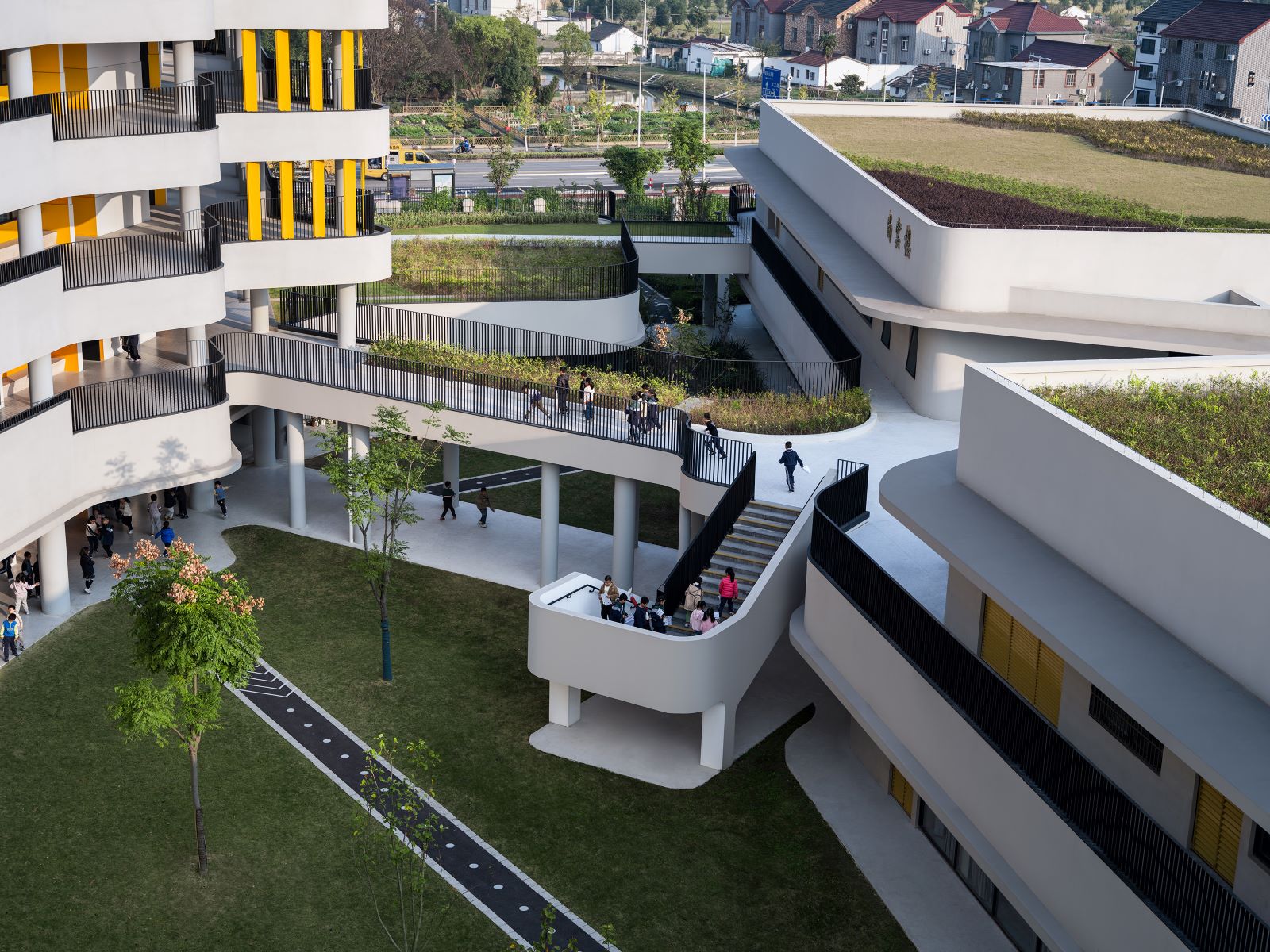Ghats of Varanasi: Storytelling signages | Information Plaques | City Timeline designed and executed by Design Factory India (DFI)
Varanasi, a city on the banks of river Ganga believed to be the oldest living city in the world, is a three thousand years old civilization. Its evolution as the most important holy destination for the Hindu religion and the eventual fusion of different cultures over a long period of time has given the city a peculiar character and a characteristic physical fabric. It is a centre of learning and an amalgamation of spiritualism, literature, arts, and architecture. All of these elements come together on the ghats of this holy city; the Ganga riverfront.
Design Factory India was appointed as the design and execution agency by the Varanasi Smart City Limited during their undergoing Smart City Mission to develop an identity of the city and an outdoor experience on the ghats.
The outdoor experience is spread across ninety ghats located in almost seven kilometres stretch along the Ganga River. This outdoor experience comprises about three hundred different signages, installations, sculptures, and urban punctuators providing a uniform visual language to visitors to perceive the untold stories.
The elevation of Varanasi holds strong cultural importance hence, Design Factory India was very sensitive in the choice of materials for these signages. Materials such as Corten Steel and Concrete were chosen that were contemporary in nature but maintained the sanctity of the historical buildings of the city without ruining its old heritage.
Corten steel was used for its strength and for its particular colour with a chemical composition that provides oxidation that protects it making it durable as well as aesthetic. The orange pigment in the concrete tiles and staircase compliments the overall colour theme of the city of Varanasi. These materials become a perfect choice for the climatic conditions present on the site and avoid any damage caused due to the rising and lowering of water levels, drowning these for almost two months each year. It is bound to last longer than the usual steel signs. The signage was also made with a beautiful twist. Each signage installed at the ghats had an artistic representation of their respective waterlines appearing at the top of their names. Those representations were carved using a concrete orange-coloured material giving them a rustic texture to pay homage to the city’s heritage.
The Location signage installed punctuates all the ghats as each ghat has its own different role to play. The orientation signage highlighted the cultural and heritage character of the city. The informative sculptural signage encompasses the identity and details of all ghats. The Information plaques at twenty significant ghats narrated their stories and paid tribute to their history. A City map was also installed in the city. Along with that, Concrete step signage was also installed giving glimpses of the different components of the ghats in the form of long shlokas and also of when they were made and by whom.
This signage created a learning opportunity, awareness among travellers, and pride among the local population. Varanasi is not only an attraction for Hindu pilgrims. Its spiritual beliefs and the cycle of life from birth to death also attract the tourist’s eye. This elevation did not only make the city attractive for the locals but also made it a beautiful tourist attraction, both nationally and internationally.
The project took about one and a half years to complete and was a complete success in the beautiful elevation of Varanasi.

















